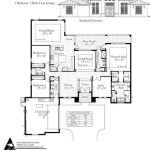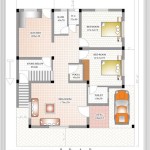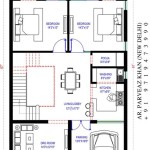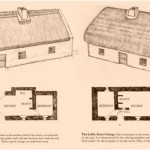Essential Aspects of House Of Representatives Chamber Seating Plan
The United States House of Representatives is the lower house of the United States Congress, composed of 435 members elected from congressional districts across the country. The House Chamber is the meeting place for the House, where members debate and vote on legislation. The seating plan of the Chamber is designed to facilitate efficient and orderly proceedings.
Historical Evolution
The seating plan of the House Chamber has evolved over time. In the early years of the Republic, members sat on benches facing each other. As the House grew in size, the seating was changed to individual desks arranged in rows. The current seating plan was adopted in 1955.
Central Aisle
The central aisle of the Chamber divides the Republican and Democratic sides of the House. The Speaker of the House, who presides over the Chamber, sits at the front of the aisle. The majority party sits to the Speaker's right, and the minority party sits to the left.
Majority and Minority Sides
The majority party, which is the party with the most members in the House, controls the scheduling of business and the allocation of resources. The minority party, which is the party with the second most members, has the right to offer amendments and challenge the majority's proposals.
Leadership Positions
The leaders of the majority and minority parties sit in prominent positions in the Chamber. The Majority Leader and Minority Leader sit in the front rows of their respective sides. The Majority Whip and Minority Whip, who are responsible for counting votes and enforcing party discipline, sit behind the leaders.
Committee Assignments
Members of the House are assigned to committees based on their expertise and interests. The committee assignments are reflected in the seating plan. Members who serve on the same committee often sit together in the Chamber to facilitate communication and collaboration.
Geographic Diversity
The seating plan also reflects the geographic diversity of the United States. Members from different regions of the country often sit together in the Chamber to represent the interests of their constituents.
Conclusion
The seating plan of the House Of Representatives Chamber is an essential aspect of the House's operations. It ensures that members can work together efficiently and effectively to represent the interests of their constituents and the nation as a whole.

Congress Seating Charts Hobnob Blog

Congress Seating Charts Hobnob Blog

United States Capitol D C House Of Representatives Seating Plan Library Congress

House Of Representatives Practice 6th Edition Html Version Parliament

United States Capitol D C Principle Floor Plan Vestibule House Of Representatives Senate Chamber Library

House Of Representatives Seating Plan Parliament

Seating Chart For United States Senate 31st Congress 1st Session 1850

File 1867 Chart Massachusetts House Of Representatives Seat 233 Png Wikipedia

How The House Got Stuck At 435 Seats Fivethirtyeight

Congress Seat Allocation Using Mathematical Optimization Top








